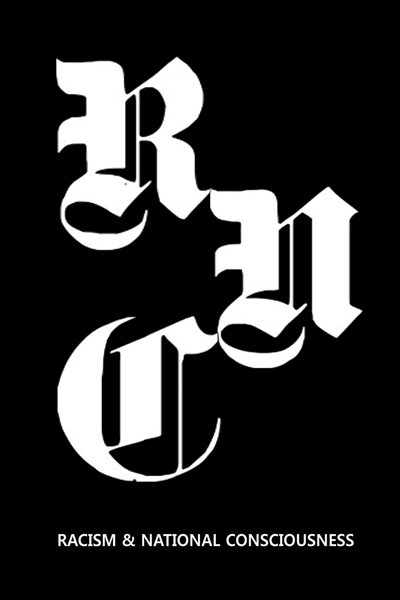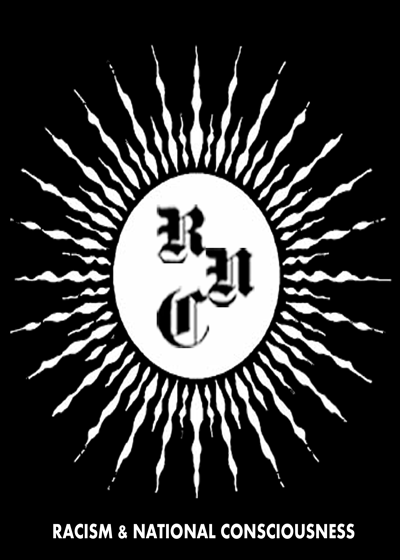Filed under: Asia, Middle East | Tags: Ali Akbar Hashemi-Rafsanjani, aqazadeh, Azad, Azadi, Basij, Green Revolution, Iran, Iran Elections, Iranian Elections 2009, Iranian Revolution, Islamic Republic, Khodi, Mahmoud Ahmadinejad, Mir Hussein Mousavi, Mohamed Khatami, Nationalism, Revolutionary Guards

* * * * *
25 June – 1 July 2009
Issue No. 953
Source: Al-Ahram Weekly Online
Western coverage of the political turmoil in Iran in the aftermath of the 12 June presidential election has for the most part presented a uniform image of the conflict: thousands of young, liberal, and defiant supporters of presidential challenger Mir-Hussein Mousavi have been protesting against what they see as massive fraud, a “coup” to re-elect Mahmoud Ahmadinejad. The government, fearful of a popular uprising, has responded with massive use of force, killing and injuring protesters, arresting activists and politicians, and imposing an information blockade.
Analysts repeatedly ask themselves and others, “Is this a revolution?” And, more expectantly, “Are we witnessing the end of the Islamic Republic?” Whatever we are to make of the question of fraud (there apparently were some irregularities, but no evidence of widespread fraud), Ahmadinejad retains a huge popular base that is not prepared to forfeit its position. Rather than viewing the events of the past 12 days as signs of a revolution-in-the-making, we should be examining them, along with the months of campaigning leading up to the election, as indicators of a deepening social and cultural rift that is dividing Iranian society, and will leave a lasting impression no matter how the current crisis is resolved.
Never has an election polarised Iranian society this much. Passions and mutual hatred rose in the run-up to the vote, as campaigners heckled and insulted each other on the streets, supporters gathered in massive open-air events in competing shows of force, candidates battled in dramatic debates on live television, and jokes, poems, and insults circulated via cell phones. These rising tensions were fuelled by very real disagreements over priorities for the Iranian nation, analyses of the problems the country faced, and mutual distrust, even revulsion, at the rival candidate. These differences are components of a multi-faceted culture war that has been simmering in Iran’s urban centres for at least 12 years, with roots going further back into the early days of the Islamic Revolution. To understand today’s social tensions we need to understand what has been animating important parts of each constituency.
The ideal citizen cultivated by the Islamic Republic since its inception in 1979 has been a pious Shia man or woman, loyal to revolutionary ideals and institutions, devoted to its supreme guide, sympathetic to its overarching policies, and tireless in aiding its cultural, scientific and political progress. This is the citizen nurtured by the educational system, given image and voice on state television, and valorised in Islamic nationalist mythology. He or she is the revolutionary state’s khodi, the insider.
However, as is common of any citizen-making project, the one in Iran too has been incomplete and riddled with inconsistencies. The nation has a large share of impious, sceptical, disgruntled, disloyal, or rebellious misfits — the gheyr-e khodi, or outsiders. As a result of mass literacy, access to various media, and foreign connections, many of these gheyr-e khodis have developed ideas and tastes that do not match those of the khodis. To alleviate this problem, the state, since the early years of the revolution, has clumsily deployed educational sanctions, media censorship, legal discipline and political exclusion. These measures have seldom accomplished what they set out to achieve, but have instead encouraged dissimulation or led to discrimination. In either case, they have bred frustration and distrust.
The government of Mohamed Khatami, elected in a landslide victory in 1997, attempted to break down the khodi/gheyr-e khodi barrier by adopting more liberal cultural policies and encouraging grassroots political participation. Fearful of losing their grip on power, conservative segments of the establishment fought back, and Khatami’s years in office were marred by rogue assassinations of dissident intellectuals, mass newspaper shutdowns, and attacks on student dormitories. If anything, by the end of his tenure, the barrier was thicker than ever.
When Ahmadinejad was elected president, he widened the gap further by rolling back press freedoms, ratcheting up censorship of books and movies, increasing pressure on secular and dissident academics, and turning a blind eye to police clampdowns on “un-Islamic” dress on the streets. As if these weren’t enough, Ahmadinejad’s detractors were repulsed by his Messianism, his boastful rhetoric, even his appearance. Small wonder that Mousavi saw his political fortunes in the feelings of distrust and exclusion that had built up among many Iranians for more than a decade and had reached an apex during Ahmadinejad’s presidency. These were the people at the core of the “Green Wave” that was supposed to sweep Mousavi to power.
On the other side of the electoral divide, a very different set of concerns and grievances have congealed with Ahmadinejad as its champion. The post-war “reconstruction” era of President Ali Akbar Hashemi Rafsanjani (1989-97) saw economic development, private sector growth, and rising prosperity for the middle and upper classes. But it also fattened a class of oligarchs and their children — the aqazadeh — at the expense of the economically disadvantaged, who remained ignored and abject. Khatami continued Rafsanjani’s liberal economic policies, with essentially the same team of financial managers and technocrats, and did little to confront the regime of aqazadehs who used government connections to win lucrative business contracts and secure import/export monopolies.
It was during these 16 years that Rafsanjani’s family name increasingly became synonymous with corruption, oligarchy, and nepotism, with his children becoming the aqazadehs par excellence in the popular imagination. In the 2005 election, Ahmadinejad vowed to confront precisely this regime of corruption and nepotism, to return to the revolutionary values of justice and equity, and to appoint managers who would live austere and honest lives, rather than using their positions to enrich themselves. He ran against Rafsanjani himself, and won.
Each of Mousavi and Ahmadinejad’s constituencies include both disadvantaged and privileged members. Mousavi’s politically excluded supporters are mostly educated and urban, and many are from middle and upper class backgrounds, although they also include unemployed and working class individuals. He has the support of the well-connected managers and wealthy technocrats that Rafsanjani cultivated. Ahmadinejad’s economically excluded are the symbolic inheritors of the revolution, and he has the ideological and material backing of the Revolutionary Guards and the Basij paramilitary, not to mention that of large segments of the religiously conservative masses from all class backgrounds, as well as the leader of the Islamic Republic, Ayatollah Khamenei himself. If Mousavi’s foot-soldiers are young idealistic university students, Ahmadinejad’s devotees are young idealistic Basij forces, who have the added advantage of being armed and enjoying the backing of the highest officials.
Each camp’s protests and gatherings in the past two weeks have aimed to show their own side as the majority: a pro-Mousavi rally on 15 June drew hundreds of thousands, some say millions, onto Enqelab and Azadi street. Then Friday prayers on 19 June, which were led by Ayatollah Khamenei, drew a similarly huge crowd. Divisions are pitting neighbour against neighbour, friend against friend, even family members against one another.
What the election drama has accomplished is to bring out the cultural conflicts of the past decade in their most acute form. There is no revolution here, only a huge schism. And if Iranian society is to come out of this in one piece, both sides need to reckon with the reality of the other’s existence, and to acknowledge their right to exist and to be heard.
__________________________________________________
The writer is a PhD candidate in anthropology & Middle Eastern studies at Harvard University. He is currently conducting fieldwork in Tehran.
Comments are closed.









